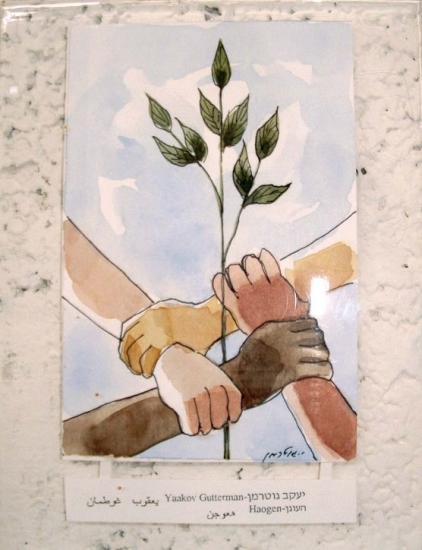
Erected by the British during the Mandate period, a former small aircraft hangar nowadays houses a thriving Art Center encouraging Jewish-Arab coexistence projects through painting, sculpting, ceramics and photography.
In the Menashe region of central Israel, today more associated with boutique wines, attractive leafy avenues and a rich Zionist history, many buildings erected by the British can still be found in the vineyards and wineries of Binyamina and Pardes Hanna, incorporated in the Sha’ar Menashe mental health center and on the Givat Haviva campus where apart from the Art Center, former Nissan huts (nowadays without the curved tin roofs) are used as classrooms.
A 20-meter high concrete tower protrudes from one of the local kibbutz-owned cotton plantations across from the enormous hangar which now houses the classrooms, studios and galleries of the Art Center. The Menashe and Emek Hefer regions were home to many a British soldier during Mandate days with large and small bases straddling the main roads in the area.
The tower in the plantation was part of a small British Mandatory forces built airstrip and during the 1980s the former flight control tower was used by local activists protesting the war in Lebanon, who plastered it from top to bottom with anti-war slogans. Today it is covered with small and large antennae belonging to one of the mobile phone companies.
The cinder block-built, high-ceilinged former British aircraft hangar that is today the Givat Haviva Art Center and Peace Gallery houses classrooms, studios, galleries, a dark room for film development and a small art library.
The walls of the entrance are covered with scores of mounted postcards designed by well-known personalities from the world of art, culture and entertainment from Israel and abroad, including authors Amos Oz, David Grossman and Naomi Ragen, and British actor, director and producer Lord Richard Attenborough.
The postcards – known as Drishat Shalom (Greetings for Peace) – are changed every few months as there are so many postcards in the innovative project collection thought up some years ago by the center’s director Etti Amram.
Blank postcards were sent out to writers, artists, filmmakers and actors – basically anybody connected to the creative world with pen, paint or chisel. They were asked to fill in their own personal greeting for peace. “I sent out 900 postcards, 700 in Israel and the rest abroad. The vast majority was returned with inscriptions, drawings and well – you see for yourself,” says Amram who just happens to be standing next to a postcard from the award-winning American-Israeli novelist and playwright Naomi Ragen who has lived in Jerusalem since the early 1970s.
The Ragen postcard contains a handwritten quote from her book ‘The Ghost of Hannah Mendes,’ and reads:
‘Fight the degradation of your cultures, of your environment, of your nation and your community.
Dust off the jewels in the attic, shake out the skeletons – stare them in the face.
Stop being afraid.’
The mounted postcards have been exhibited both in Israel and abroad and, not wanting to store the postscript gems from famous and not so famous folk in boxes and away from the public eye, Etti Amram hit on the idea of having a continually changing exhibition on the walls of the Art Center.
A few postcards down the line from Ragen sits Lord Richard Attenborough’s card. He penned a few golden quotes of Mahatma Ghandi. Others jotted down a few lines of their own thoughts on peace and goodwill for their fellow men to read and hopefully adopt.
“The concept of Postcards for Peace brought about a great deal of discussion and creativity on the part of those we sent the blank cards to,” explains Amram, who adds that visitors to the Center stop, read and often engage in discussions around the idea of postcards for peace and their content.
One such visitor asked Amram if she could have a postcard to add to the collection. The lady was a bereaved mother who wrote about her fallen soldier son.
Her card has joined the hundreds of others seeking ways to express their hopes for a more peaceful future mounted on the walls of a former British built military base and present day Givat Haviva center for peace education.
Photo captions:-
The Postcard for Peace designed by Israeli artist, writer and peace activist Yaakov Gutterman, a Polish-born Holocaust survivor and the bereaved father of a son who fell in the first Lebanon war.
Jewish and Arab youth participating in a coexistence workshop at the Givat Haviva Art Center and Peace Gallery
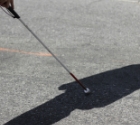 On Going Blind
On Going Blind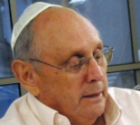 Leyland Goss 1936 – 2008
Leyland Goss 1936 – 2008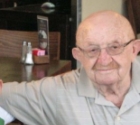 Max Geffen 1924 – 2008
Max Geffen 1924 – 2008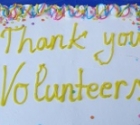 A new website in English - on Volunteering - Launched in Israel
A new website in English - on Volunteering - Launched in Israel Help Needed for Abused Horses and Donkeys
Help Needed for Abused Horses and Donkeys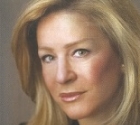 Heather's Heseg
Heather's Heseg Lydia Aisenberg
Lydia Aisenberg